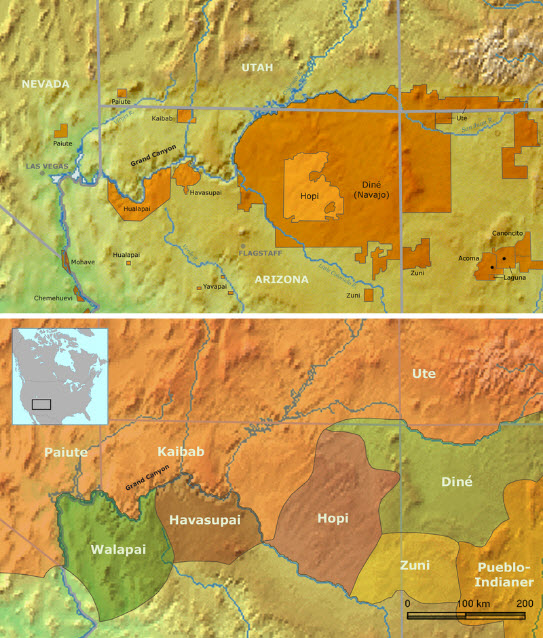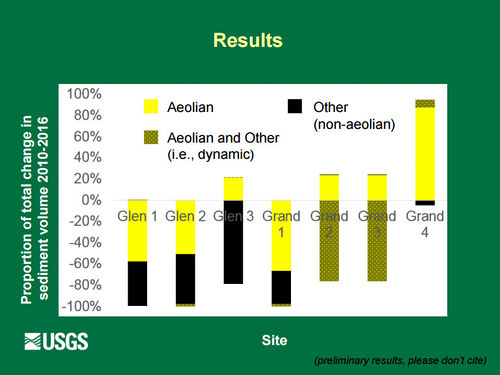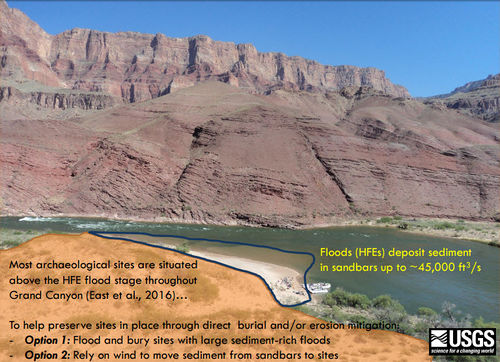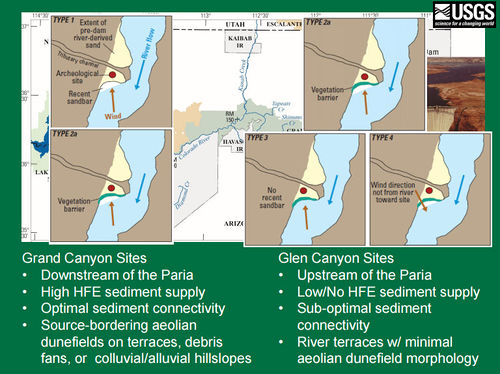Difference between revisions of "CULTURAL"
Cellsworth (Talk | contribs) |
Cellsworth (Talk | contribs) |
||
| Line 82: | Line 82: | ||
|style="color:#000;"| | |style="color:#000;"| | ||
| + | *[[Tribal Resources]] | ||
*[http://gcdamp.com/index.php?title=GCDAMP_CRAHG_Page Cultural Resources (CRAHG) AdHoc Group] | *[http://gcdamp.com/index.php?title=GCDAMP_CRAHG_Page Cultural Resources (CRAHG) AdHoc Group] | ||
| − | |||
| − | |||
| − | |||
| − | |||
| − | |||
| − | |||
| − | |||
| − | |||
*[http://www.gcmrc.gov/research_areas/cultural_resources/cultural_resources_default.aspx USGS-GCMRC Cultural Resources Link] | *[http://www.gcmrc.gov/research_areas/cultural_resources/cultural_resources_default.aspx USGS-GCMRC Cultural Resources Link] | ||
| Line 107: | Line 100: | ||
'''2017''' | '''2017''' | ||
*[https://www.usbr.gov/uc/rm/amp/twg/mtgs/17jan26/AR5_Sankey.pdf Fluvial-aeolian sediment connectivity during the current HFE protocol: alteration on fluvial-aeolian sediment connectivity in Grand Canyon PPT] | *[https://www.usbr.gov/uc/rm/amp/twg/mtgs/17jan26/AR5_Sankey.pdf Fluvial-aeolian sediment connectivity during the current HFE protocol: alteration on fluvial-aeolian sediment connectivity in Grand Canyon PPT] | ||
| − | |||
'''2016''' | '''2016''' | ||
*[http://www.usbr.gov/uc/rm/amp/twg/mtgs/16jan26/documents/AR03_Buscombe.pdf Observations of sand dune migration on the Colorado River in Grand Canyon using high-resolution multibeam bathymetry] | *[http://www.usbr.gov/uc/rm/amp/twg/mtgs/16jan26/documents/AR03_Buscombe.pdf Observations of sand dune migration on the Colorado River in Grand Canyon using high-resolution multibeam bathymetry] | ||
| − | |||
| − | |||
| − | |||
'''2015''' | '''2015''' | ||
| − | |||
| − | |||
| − | |||
| − | |||
*[http://www.usbr.gov/uc/rm/amp/twg/mtgs/15jan20/Attach_03.pdf Conditions and Processes affecting sand resources at archaeological sites] | *[http://www.usbr.gov/uc/rm/amp/twg/mtgs/15jan20/Attach_03.pdf Conditions and Processes affecting sand resources at archaeological sites] | ||
*[http://www.usbr.gov/uc/rm/amp/twg/mtgs/15jan20/Attach_04.pdf Cultural Site Monitoring in Glen and Grand Canyons] | *[http://www.usbr.gov/uc/rm/amp/twg/mtgs/15jan20/Attach_04.pdf Cultural Site Monitoring in Glen and Grand Canyons] | ||
'''2014''' | '''2014''' | ||
| − | |||
| − | |||
| − | |||
| − | |||
| − | |||
| − | |||
| − | |||
| − | |||
| − | |||
| − | |||
| − | |||
*[http://www.usbr.gov/uc/rm/amp/twg/mtgs/14jan30/Attach_07.pdf Cultural Resources Ad Hoc Group Report ] | *[http://www.usbr.gov/uc/rm/amp/twg/mtgs/14jan30/Attach_07.pdf Cultural Resources Ad Hoc Group Report ] | ||
*[http://www.usbr.gov/uc/rm/amp/twg/mtgs/14jan30/AR_Fairley_Landscape-scale.pdf Landscape-scale management implications of cultural resource studies (Fairley)] | *[http://www.usbr.gov/uc/rm/amp/twg/mtgs/14jan30/AR_Fairley_Landscape-scale.pdf Landscape-scale management implications of cultural resource studies (Fairley)] | ||
'''2013''' | '''2013''' | ||
| − | |||
| − | |||
'''2011''' | '''2011''' | ||
*[http://www.usbr.gov/uc/rm/amp/amwg/mtgs/11aug24/Attach_06.pdf Bigger sand bars during the windy season in spring provide a source area for sand to blow upslope to cover some archeological sites] | *[http://www.usbr.gov/uc/rm/amp/amwg/mtgs/11aug24/Attach_06.pdf Bigger sand bars during the windy season in spring provide a source area for sand to blow upslope to cover some archeological sites] | ||
| − | |||
| − | |||
| − | |||
| − | |||
| − | |||
| − | |||
| − | |||
| − | |||
| − | |||
| − | |||
| − | |||
| − | |||
| − | |||
| − | |||
| − | |||
| − | |||
| − | |||
| − | |||
| − | |||
| − | |||
| − | |||
| − | |||
| − | |||
| − | |||
| − | |||
| − | |||
| − | |||
| − | |||
|- | |- | ||
| Line 179: | Line 123: | ||
|style="color:#000;"| | |style="color:#000;"| | ||
| − | |||
|} | |} | ||
Revision as of 11:52, 21 February 2017
|
|
Cultural ResourcesThe lower reaches of Glen Canyon and the river corridor through Grand Canyon National Park, Arizona, have been used by humans for at least 13,000 years. Today, at least nine contemporary Native American Tribes claim traditional cultural ties to this area. Grand Canyon National Park contains more than 4,000 documented prehistoric and historic sites, and about 420 of these sites are located in proximity to the Colorado River. The lower reaches of Glen Canyon contain an additional 55 sites. In addition to archaeological sites, cultural resources along the Colorado River corridor include historic structures and other types of historic properties, as well as biological and physical resources that are of traditional cultural importance to Native American peoples such as springs, unique landforms, mineral deposits, native plant concentrations, and various animal species. Desired Future Condition for Cultural ResourcesPrehistoric Archaeological Sites and Historic Sites: Traditional Cultural Properties (TCPs):
|
| Tribal Ecological Knowledge |
Cultural Resources Library |
Tribal Perspectives |
|---|
|
|




